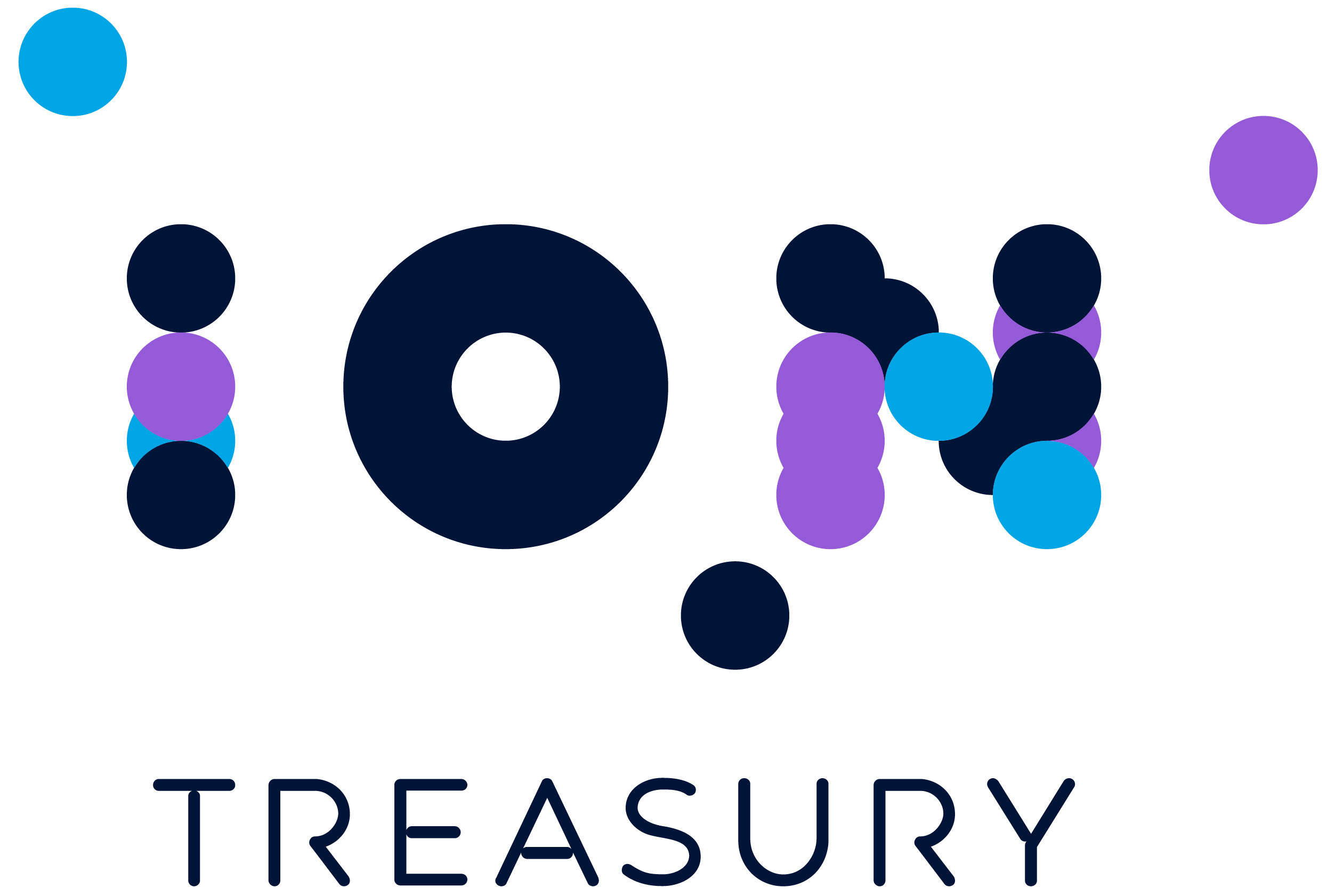What are APIs and how can treasury use them?
There is a lot of discussion and interest around APIs. Currently, most treasuries still receive and interact with data in a scheduled, file-based system. This article will explain APIs and how the treasury function can benefit from them.
What is an API?
API stands for Application Programming Interface. Let’s look at those 3 words more closely: most of us are not programmers. Let’s assume an expert is taking care of that part for us. An application for our purpose is any software we use to automate our treasury processes —specifically our treasury management system. Interface relates to how our applications talk to other applications.
So, APIs enable software applications to exchange data and services.
The term API has existed for nearly as long as there have been computers and software. But more recently, it’s been defined through the support of some standards to make it more extensible and useful. Here are some examples:
- Representational state transfer (REST) supports a stateless interaction. Each API request and response is independent.
- Request – clients request some data or action from the API.
- Response – API responds with the requested data or the result of the requested action.
- Hyper Text Transfer Protocol Secure (HTTPS) supports data transfer over a secure web connection.
- HTTPS transmission means we take advantage of all the security protocols developed for web transmission.
- Support across wide networks.
- The standard language supports data requests and responses in JavaScript Object Notation (JSON) format.
Having established the standardized framework for building and interacting with APIs, let’s look at how these can be applied in the treasury management solution.
How can treasurers benefit from APIs?
APIs provide data upon request
Data is provided effectively in real-time, with no need for scheduling. Here are some examples of practical implications for treasury:
- Real-time rate feeds provide up-to-the-second valuations and position adjustments.
- Instant updates on bank transactions keep the cash position up to date. The cash manager does not need to log in to banking portals or wait for intraday statements anymore.
APIs rely on the inter-connectedness of systems
The same data source can be provided to multiple systems without needing a new connection. This is a benefit for the provider and the consumer as new APIs require minimal connection effort. For treasuries adopting API integration, this means access to banking information and market data via a standard connection. The wide availability of APIs breeds best-in-practice behavior and more standardized integrations.
APIs enhance security
With wider data access, data security becomes more important. The same security protocols used for internet communication are applied to API security. This is an essential factor in getting IT approval and adoption, but it also means systems are more robust with fewer failure points. Communication is file-less, so there is no risk of files being held or modified.
APIs are growing in availability and adoption
Open banking will be a significant advancement in bank communication and data availability. The trend is for information and services to be made accessible using API technology. Therefore, treasuries adopting APIs will be well placed to take advantage of future offerings.
How does ION use APIs?
ION develops shared components such as ITG, IBAM, Machine Learning, and Treasury Anywhere. These use APIs to interact with our treasury management systems. The open architecture allows us to offer — bank connectivity, bank account administration, AI predictions, and mobile or web access across all treasury products — but only with the need to build once.
The reusability and best-of-breed development within components are key features of APIs. New features no longer need to be developed for each product. The software engineers can specialize in the components shared via APIs across the portfolio.
Our treasury management systems are not only consumers of APIs, but can also provide APIs to web portals, business intelligence tools, ERP systems, or data warehouses.
Similar to programming macros in spreadsheets, the treasury system can use its APIs by scripting calls to automate tasks. For example, a right-click action from a treasury dashboard automatically creates hedge trades to close a position on the dashboard. Automated information transfer (for example, sending reports) is a standard today, but APIs open up automation of acting on that information.
It is likely you are already benefitting from the use of APIs, if not directly then as a secondary consumer of API-driven applications and data sources. Taking the next step and replacing file-based communication with API connectivity brings a wealth of opportunity to the treasury function.

Preparing for the future with standardized bank reporting APIs
In this session with SWIFT, we discuss trends in the world of banking APIs and how corporates can streamline bank reporting.


